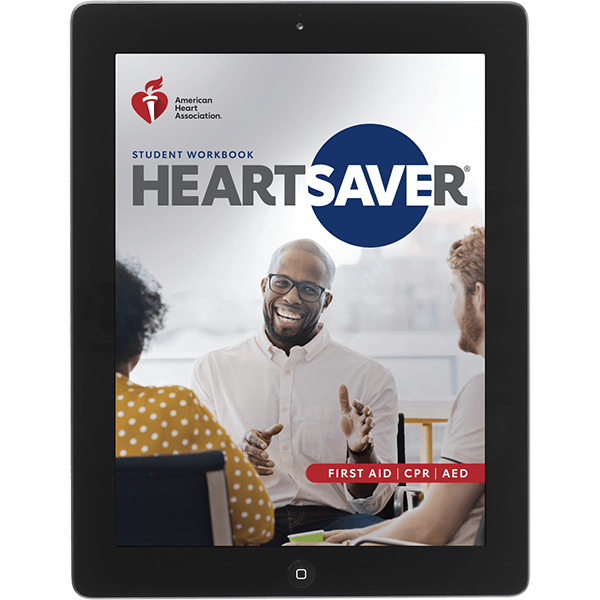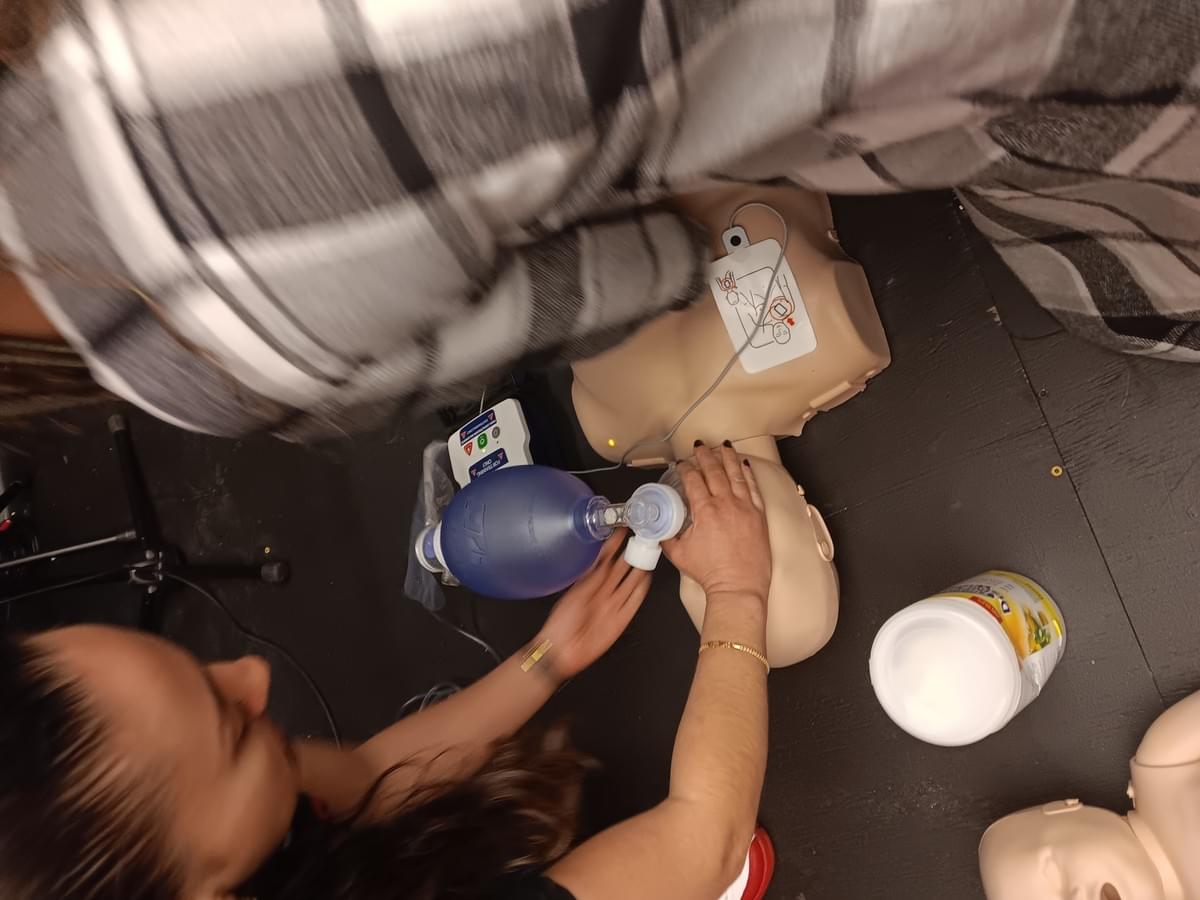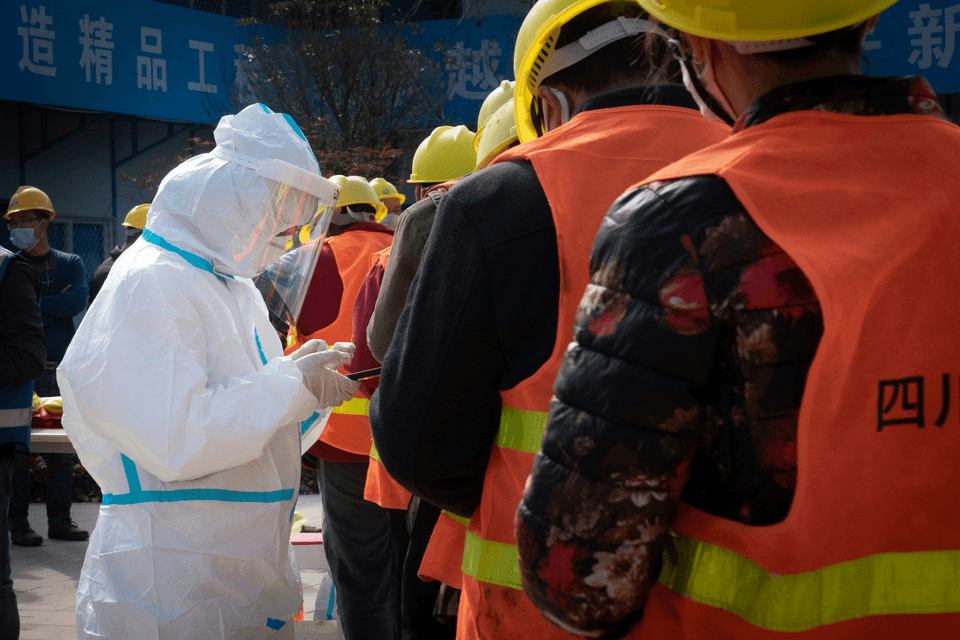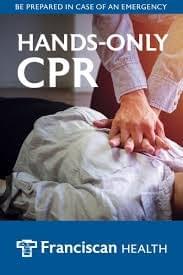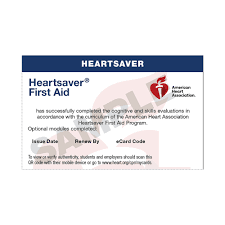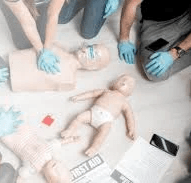

Explore Our Comprehensive Courses
Empowering individuals and organizations with essential life-saving skills.
Diverse Course Offerings
Select the ideal training course tailored to your requirements. Certifications available on the same day.

HeartSavers CPR and First Aid Training Program
Our CPR and First Aid Certification course is designed for both laypersons and professionals. It covers essential skills such as chest compressions, rescue breaths, and the use of AEDs. The course lasts approximately 4-6 hours and includes hands-on practice. Participants will receive a certification valid for two years upon successful completion.

Basic Life Support (BLS) for Healthcare Providers
This course is tailored for healthcare professionals and emphasizes high-quality CPR, effective communication in a team, and advanced airway management techniques. Lasting about 4 hours, it includes both theoretical and practical components. Participants will earn a BLS certification that is widely recognized in the medical field, valid for two years.
Stop the Bleed Training
The Stop the Bleed course equips participants with the skills to control severe bleeding in emergency situations. This 2-hour training focuses on practical techniques, including direct pressure, tourniquet application, and packing a wound. Attendees will gain a certificate of completion, enabling them to act confidently in critical moments.
Specialized Training for Unique Needs
Tailored programs to address specific audience requirements.
Daycare & Childcare Provider Training
This specialized course focuses on CPR aind First Aid techniques tailored specifically for childcare providers. It includes child-specific scenarios and emerergency response strategies, ensuring that caregivers are prepared for any situation involving infants and children.
CPR for Construction Workers
Designed for construction professionals, this course emphasizes the importance of quick response in high-risk environments. Participants learn practical skills to manage emergencies effectively, including injury assessment and basic life support, tailored to common workplace incidents.
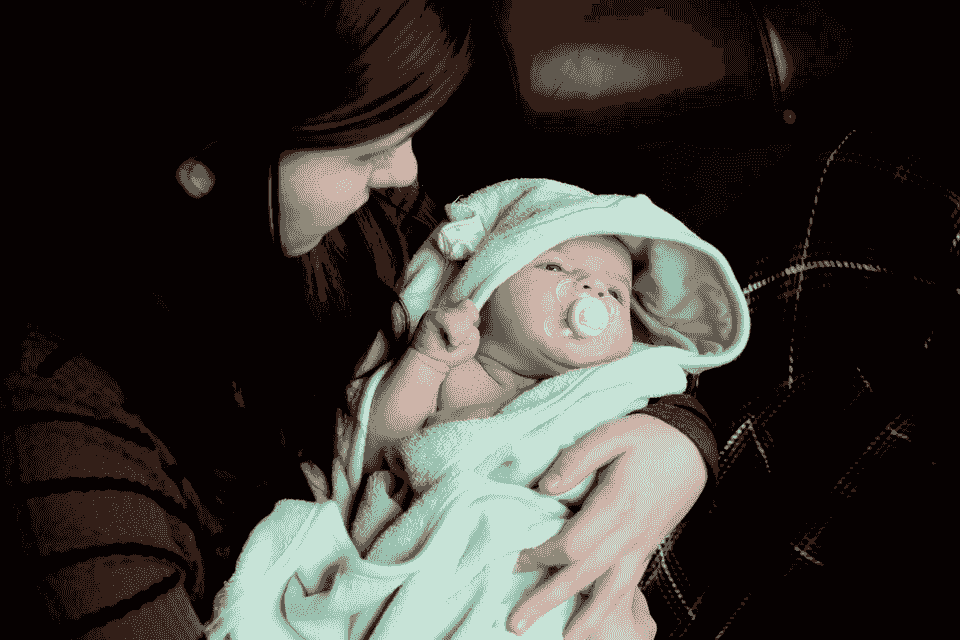
New Momma Class
This program is ideal for new parents, providing them with essential training to handle emergencies involving infants. It covers critical subjects such as choking prevention, CPR techniques, fundamental first aid, and some extra resourses, empowering parents to respond effectively and confidently in urgent situations.

Hands Only CPR
In Hands-Only CPR, no rescue breaths are given. Simply call 911 and apply firm, rapid compressions to the center of the chest. This technique is especially recommended for adults who suddenly collapse. If you're interested in a complimentary hands-on instructional presentation, your group must be located in Boston, MA or Birmingham, AL, and have a venue that can accommodate 4 to 20 participants.
Please reach out to CPR With Caring Hands Training Academy for more information.
Infant CPR
Ensuring the safety of little ones is immensely rewarding, and having CPR knowledge prepares you for unforeseen events. Our American Heart Association-approved CPR course includes specialized training for infants, making it the best choice for caregivers.
Bloodbourne Pathogens Online Course
Discover how bloodborne pathogens can be transmitted and the essential precautions to prevent exposure. Understanding the proper response to potential infections is crucial for your safety and well-being.

FIRST AID
- First Aid BasicsSafety, PrecautionsBreathing Emergencies,Choking Emergencies, Nervous Systems Emergencies, Allergy Emergencies, Bites and Sting Emergencies, Heat and Cold-Related Emergencies, Wound Emergencies, Muscle, Bone, and Joint Emergencies, Burns Emergencies, Poison Emergencies
Anaphylaxis and Epinephrin Auto Injection Online Course
This course provides essential knowledge about recognizing the signs and symptoms of anaphylaxis, along with step-by-step instructions on how to properly administer an epinephrine auto-injector.
First Aid For Opiod Overdose
This online course on first aid for opioid overdose is designed to equip you with the skills necessary to respond effectively to potential opioid overdose emergencies.
On-Site Group Training for Teams of Five or More
Customized group sessions for 5 to 20 participants are offered from Monday to Friday, allowing you to select times that best accommodate your schedule, with sessions lasting between 2 to 6 hours.

Babysitters Course
This course is designed for young individuals aged 10 to 16 who aspire to become babysitters, emphasizing essential skills in safety, accountability, and emergency readiness.Discover how to be a trustworthy, skilled, and effective Babysitter. Enroll and obtain your certification. Launch your Babysitting career on a solid foundation. Develop your expertise through interactive activities, participate in practical scenarios, and build confidence in your capability to care for children with assurance.

BLS Instructors Course
--> Click "Buy Now" to become a member and buy instructor courses"<--
This course is designed for Becoming a successful CPR instructor. this about more than a side income and walking students through the basic CPR online course. You have to be passionate about your purpose: helping others and providing information to potentially save lives.
Helpful Resources for Lifesaving Skills
Enhance your training experience with our curated resources.

Now Serving Alabama!
Study Guides and Manuals
Compressions: Restore Blood Circulation
In order to determine if the victim's heart is beating, place index and middle fingers on the victim's carotid artery, located in the depression between the windpipe and the neck muscles, and apply slight pressure for several seconds. When performing chest compressions, proper hand placement is very important. To locate the correct hand position place two fingers at the sternum (the spot where the lower ribs meet) then put the heel of your other hand next to your fingers.
Place one hand on top of the other and interlace the fingers. Lock your elbows and using your body's weight, compress the victim's chest. The depth of compressions should be at least 2 inches - remember: 2 hands, 2 inches . Count aloud as you compress 30 times at the rate of about 3 compressions for every 2 seconds or approximately 100-120 compressions per minute.
We provide comprehensive study guides and manuals for all courses offered. These resources are designed to reinforce learning and serve as valuable references. Each guide includes in-depth information on techniques, procedures, and protocols necessary for effective CPR and first aid response.
Now Serving Massachusettes! Useful Information
Airway: Clear the Airway
The goal is to clear the airway to allow your rescue breaths to reach the lungs of the victiim by relieving airway obstruction, such as tongue obstruction. Put the person on his or her back on a firm surface. Kneel next to the person's neck and shoulders. Open the person's airway using the head tilt-chin lift. Put your palm on the person's forehead and gently push down.
Then with the other hand, gently lift the chin forward to open the airway. Check for normal breathing, taking no more than 10 seconds: look for chest motion, listen for breath sounds, and feel the person's breath on your cheek and ear. Do not consider gasping to be normal breathing. If the person isn't breathing normally or you aren't sure, begin mouth-to-mouth breathing.
These resources are curated to help students stay informed about the latest guidelines and techniques in emergency response.
Now Serving Providence RI!
Practice
Breathing: Provide Rescue Breaths
Rescue breathing can be mouth-to-mouth breathing or mouth-to-nose breathing if the mouth is seriously injured or can't be opened.With the airway open (using the head tilt-chin lift), pinch the nostrils shut for mouth-to-mouth breathing and cover the person's mouth with yours, making a seal.
Prepare to give two rescue breaths. Give the first rescue breath — lasting one second — and watch to see if the chest rises. If it does rise, give the second breath. If the chest doesn't rise, repeat the head tilt-chin lift and then give the second breath.
Begin chest compressions..Perfect your skills in a safe and controlled environment.

info.@cprwch.com
Contact Us - Alabama
205-732-7739
Contact Us - Boston
857-728-8277
Subscribe to Our Newsletter
